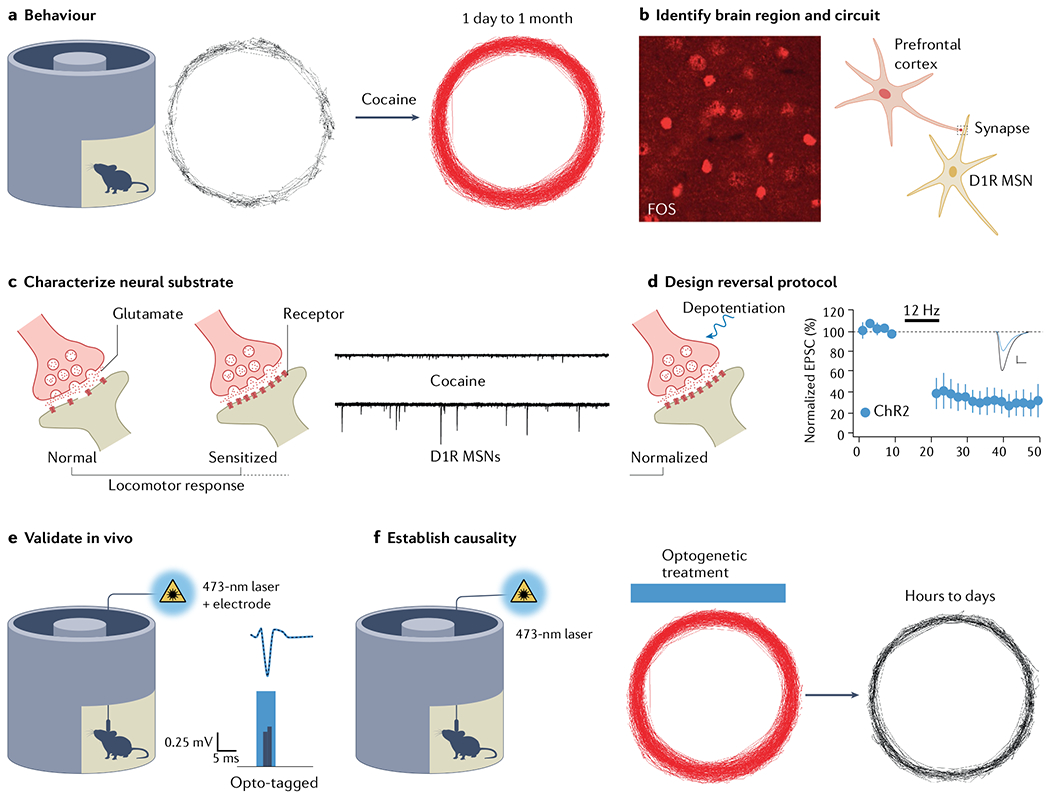Fig. 6 |. Establishing links of causality with optogenetics.

Experimental road map based on identifying the neural correlate of behavioural sensitization to cocaine269. a | When injected, cocaine elicits a locomotor response quantified in a cyclotron. Response is enhanced upon second injection of same dose. b | Fos is an immediate early gene highlighting the neurons particularly active, which provided the entry point to identifying the medial prefrontal cortex to nucleus accumbens projection as the behavioural relevant circuit. c | Slice electrophysiology enables observation of selective potentiation of glutamate transmission onto dopamine type 1 receptor medium spiny neurons (D1R MSNs)270. d | Depotentiation protocol (long-term depression (LTD) at 12 Hz) validated in slices restores standard transmission. e | In vivo validation involves opto-tagging, where spontaneously occurring spikes (grey, dashed trace) are compared with optogenetically evoked spikes (blue trace). Waveform and latency are important parameters. f | LTD protocol is eventually applied in vivo to reverse sensitization. ChR2, channelrhodopsin 2; EPSC, excitatory postsynaptic current. Part d adapted with permission from REF.269, AAAS.
